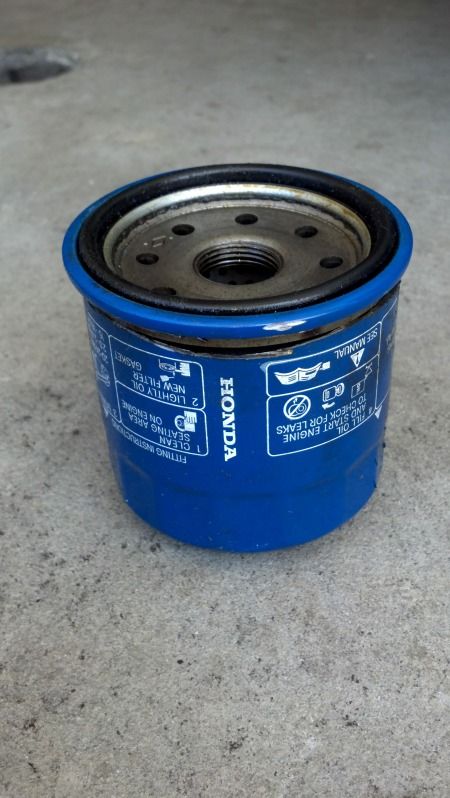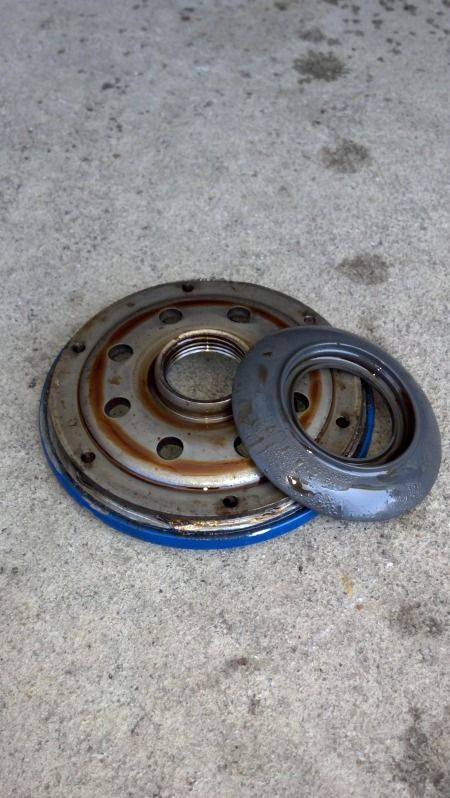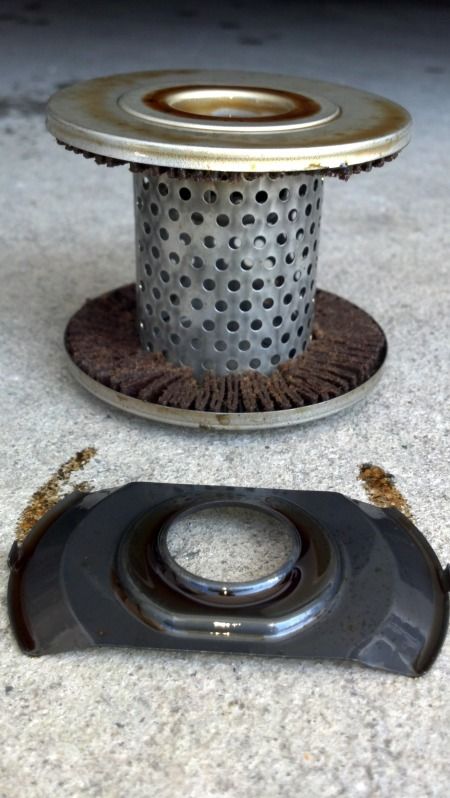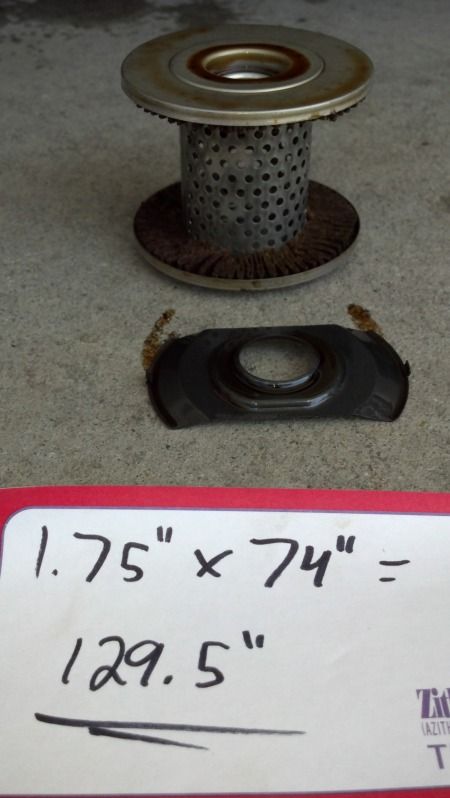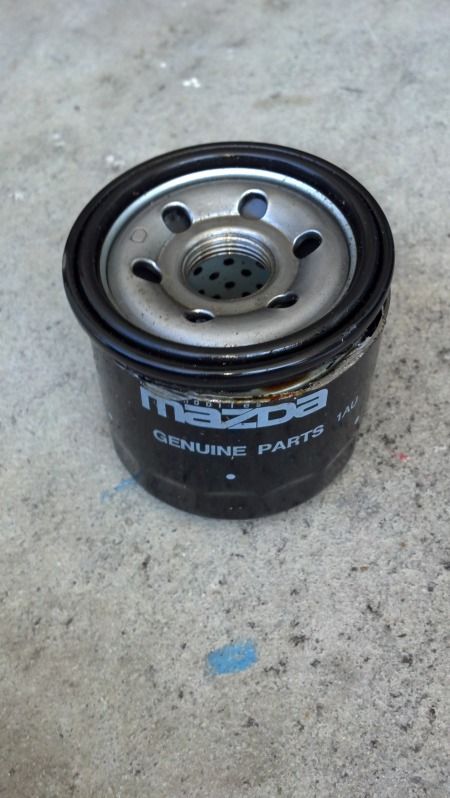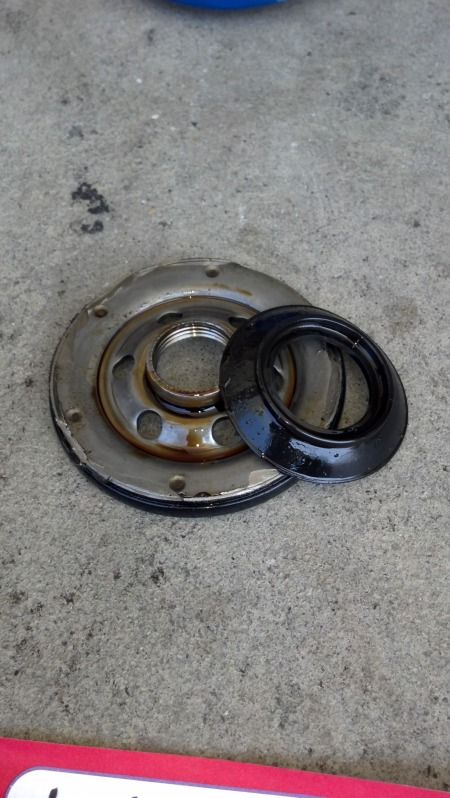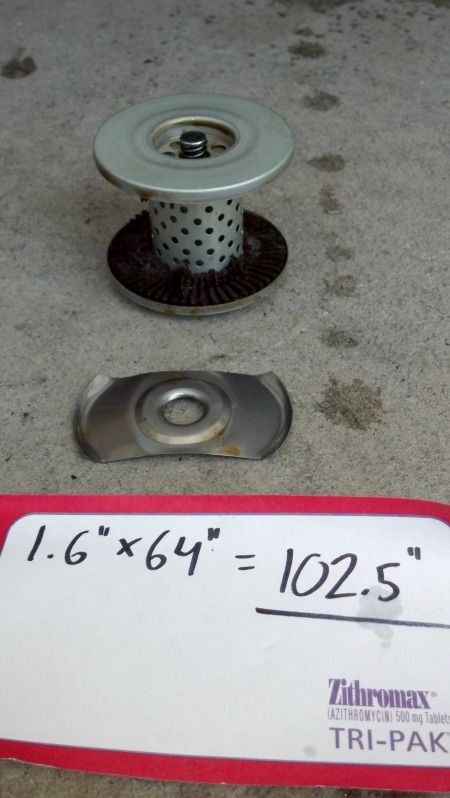Here a quote from a review from amazon for the denso
1.0 out of 5 stars Denso package holes and oil filter contamination, September 21, 2010
By Robert R. Hale "NSX fan" - See all my reviews
(REAL NAME)
This review is from: Denso 150-1013 Oil Filter (Automotive)
I can not now recommend this Denso oil filter. Although Denso is alleged to have made good products (in Japan?), the filters I recently purchased all have sizeable holes punched in the center of the clear plastic protective packaging film. I have never before seen such holes in any oil filter protective closures. Denso's US CA warehouse has agreed that the holes are apparently present for all products they now have in stock, but Denso refuses to even discuss the technical whys and wherefores, or whether/if/how they control the process of making these holes so as to adequately control contaminant introduction to the filters. Particles, including those from the fractured as-punctured plastic film, are unavoidably introduced into and present in the DOWNSTREAM side of the oil filter because of these (vent?) holes. From there, the contaminants are ready to enter and immediately damage your engine bearings! I've taken numerous photos and will be posting additional details on appropriate forums. Earlier Denso oil filters reportedly did not have such packaging holes. But, in case you do buy them, at least vacuum out the particles before installing them. Bob.
With respect, that looks like another big nothing from another Internet "expert"......
I have seen these holes before and they are no bigger than a single hole punched in paper for a three ring binder. I suspect they are vents to release any humidity created in the manufacturing process so that rust doesn't form. And I'm pretty sure, even though they failed to consult "Bob", that a huge manufacturer like Denso is not going to intentionally put a hole in the plastic cover reckless to the fact that their filters will become engine bombs.
So I'm putting my money with Denso and I just bought one of their oil filters for my next oil change. I like the idea of using a bigger filter compared to the tiny Honda one. It just makes sense - more filtering media should result in better filtration and the ability to flow , more oil. I think the Honda engineers that designed the NSX engine used a large filter for that very reason. Curses on the bean counters at Honda that eventually over-ruled them and forced the small filter on us so that Honda didn't have to supply a large filter for the small NSX market and none of its other vehicle line up. I won't be going back to the tiny Honda ones.
I let you know how it works out when I rebuild my engine at 500k miles! :biggrin:
Last edited:







